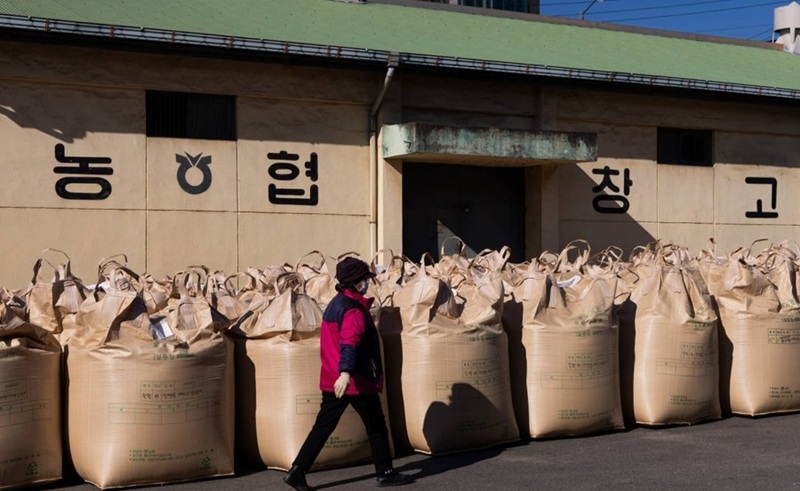
Trying to control rising prices and cool down angry consumers, Japan for the first time in 25 years has brought in rice from South Korea. The last occurrence was in 1999. But with Japanese rice now becoming too expensive for many, Japan is opting for cheaper foreign varieties.
Reports say that last month, only two tons of South Korean rice made it into Japan, and another 20 tons are expected shortly. The imported rice was sold in supermarkets and online. High tariffs on imported rice still remain in Japan, but local prices skyrocketed, so people are looking for cheaper options.
Prices of Japanese-grown rice have seen a surge of over 100% within the past year. The government has been stepping in to alleviate the situation, but demand for foreign grains is outpacing capacity to supply them. What is interesting though, is that while Japanese buyers would never touch foreign rice with a ten-foot pole for fear of taste concerns, that is beginning to changeIncreasingly, more people are adapting to the taste of imported rice, especially now that household budgets feel the pinch.
Japan has imported South Korean rice for the first time in over two decades amid surging domestic prices for the staple grain. https://t.co/ICP6y4fupW
— The Japan Times (@japantimes) April 21, 2025
Exports of South Korean rice to Japan were expected to reach their highest level in Tokyo for over three decades since the 1990s. Producers in the USA are competing for a share too. Looks like a restaurant owner in Tokyo-ArataHirano, stated that when Japanese rice became too expensive, he switched to American rice last year, which has also seen a doubling of price but is still cheaper than the Japanese one.
In early April, the price of rice in Japan’s supermarkets reached around ¥4,214 (₹2,300) for 5 kg, which is more than double that of last year. To stop prices from rising higher, the government intervened in March by deciding to release 210,000 tonnes of rice from its emergency stock, hoping to remedy conditions created by last year’s heatwaves, panic buying, and delivery issues.























